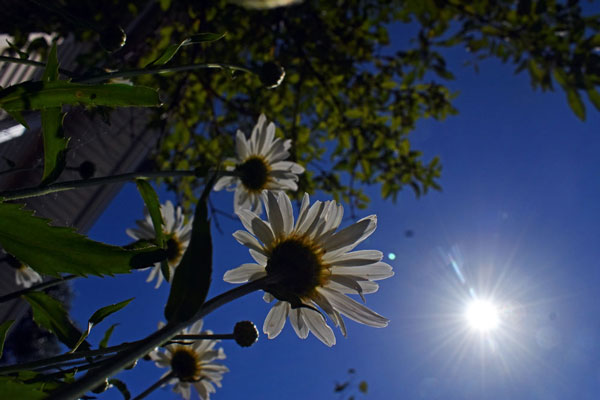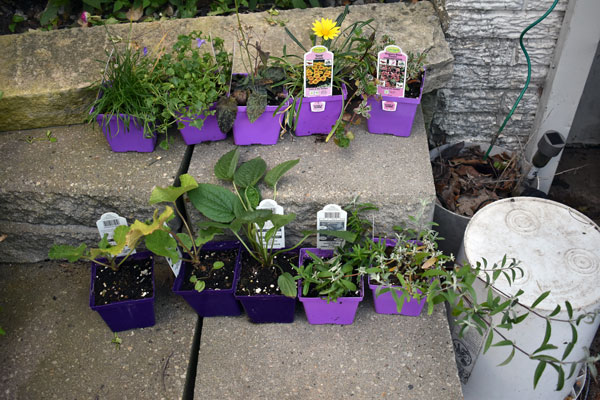There is a time of minor decision-making breakdown in my gardening life—each year when the local HyVee Drugstore puts its perennial plants on sale.
I went there earlier this week to pick up a prescription refill, and noted the plant sale sign. Like catnip to a feline, I found it irresistible. To mix the metaphor, I was like Pavlov’s dogs, salivating as the bell rang.
That day, my wife and I were watching two grandsons, and I went home and told my wife the news.
“Do you want to get some plants?” she asked. It was a silly question, because she is subject to the same whims as I am, in this case. What she really meant was: “Should we drop everything we are doing at the moment, pack up the grandsons and immediately drive our old van to the store to grab as many plants as suits our fancy?”

Well, yes.
And so, we did.
I am not a careful garden planner, I’ll admit, but I do try to remember some basic rules. I do not just plant the pretty that appeals to me, but try to plant some intentionally beneficial plants, too.
Yet, I was after Hollyhock, because I like Hollyhock and in recent years haven’t had any in my gardens. So, yeah, pretty does matter. But I was also after Butterfly Flower, a variety of Milkweed. I had several of those plants growing in my gardens in recent years, but for whatever reason, they failed to reappear this year.
I do have plenty of Common Milkweed, which to my mind is an attractive garden flower, too—but Butterfly Flower is different, orange or yellow instead of pink, a slightly less aggressive plant. It’s a bit smaller, a nice comely garden flower, while I like Common Milkweed, I would say that Butterfly Flower is a little prettier. Apparently, slightly less hardy, too.
Anyway, I only found one Butterfly Flower, but I grabbed it, along with two Hollyhocks. The sales price was five plants for $10, and my wife and I limited ourselves to a total of 10 plants so our garden excess wouldn’t mean blowing much more than $20.
Between the two of us, in addition to the two pink Hollyhocks and the orange Butterfly Flower, we chose:
- A Gold Gazania.
- A Petite Purple Butterfly Bush.
- A Dragon’s Blood Tricolor Stonecrop Sedum.
- A Leopard Spotted Hawkweed Hieracium.
- A Birch Hybrid Bellflower Campanula.
- A Morning Star Deep Rose Thrift Armeria.
- A Black-Eyed Susan.
We have had Sedum for a while, and it looks nice, but it was crowded out of the garden where it was sited. And we already have Black-Eyed Susan, but not many. We’ve had Butterfly Bush in the past, but although a perennial, it seems to last for two or three years—none are growing in Joe’s gardens right now.
Anyway, there was a little method to our feverish mania. My wife last year cut out part of an aggressive bush in a front garden, creating a bare patch there. She planted it with spring blooming bulbs last fall, and we had some nice daffodils and tulips there this spring. We’ve also attempted to establish some Common Milkweed there, but there seemed to be room for the Hollyhocks, Butterfly Flower and Butterfly Bush.
The remaining plants all went in various other front gardens—two by the mailbox, two under the Birch Tree and two in the front rock garden by the front stoop.
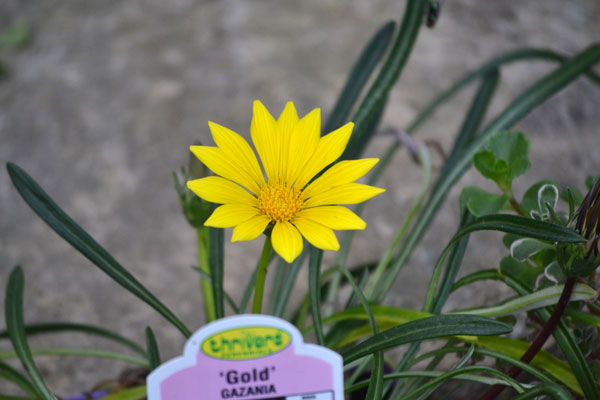


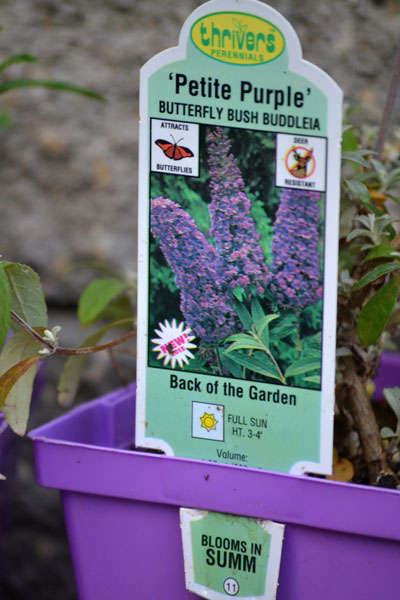
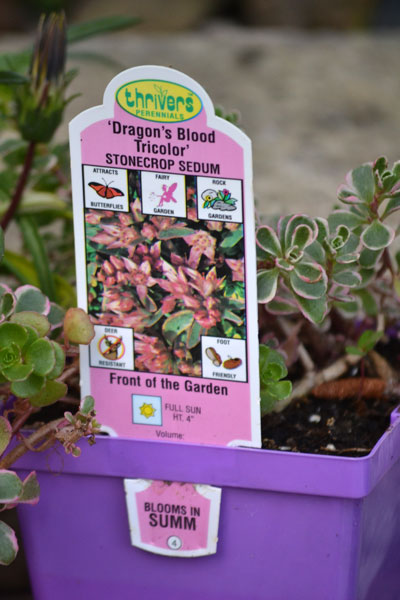

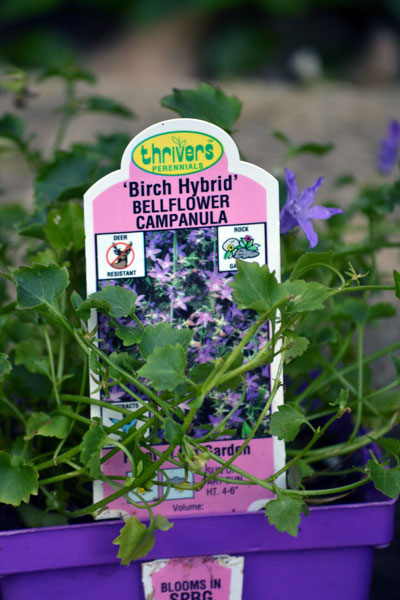



So once again, as in years past, plant sale time at our local pharmacy again enticed us into unplanned planting. It was very hot, and the ground very dry, when I dug holes the next day and put the flowers in place, but I watered them well, and today, finally, we had a good soaking rain.
Will we finally get some kinds of Milkweed going in that new side garden? Will the long-departed Hollyhocks (we had some two decades ago planted by the previous home owners that gradually petered out) return to grace future summers? Will I be making images of pretty butterflies on the Butterfly Bush in August?
I don’t know. I never know.
If I was a better gardener, I’d have it planned out. Honestly, I am not much of a planner, either in life or in the garden—but being a bit spontaneous seems to serve me well. Sometimes you lose, but you also often win. And there can be some joy in enjoying the wins and the whims.

